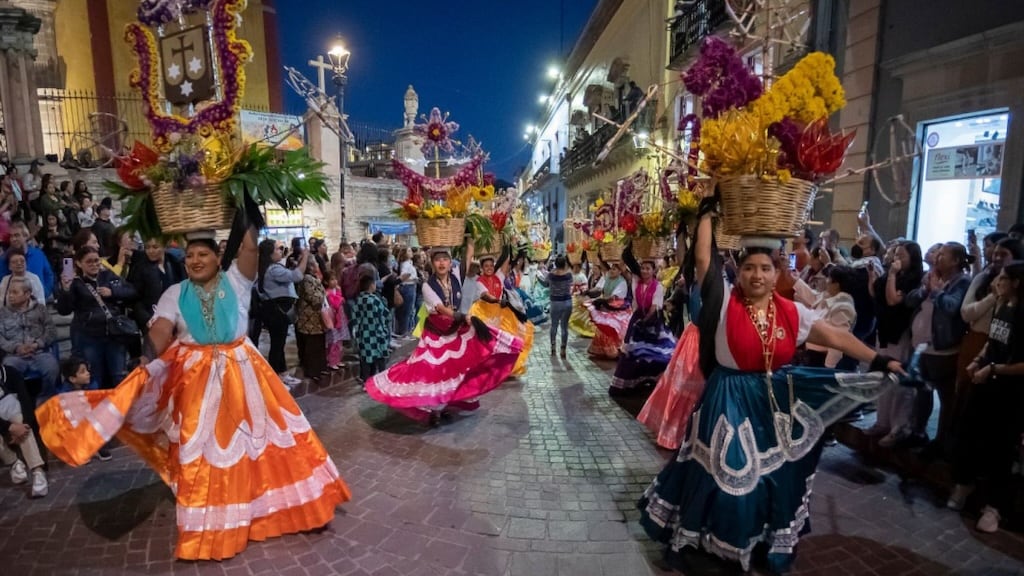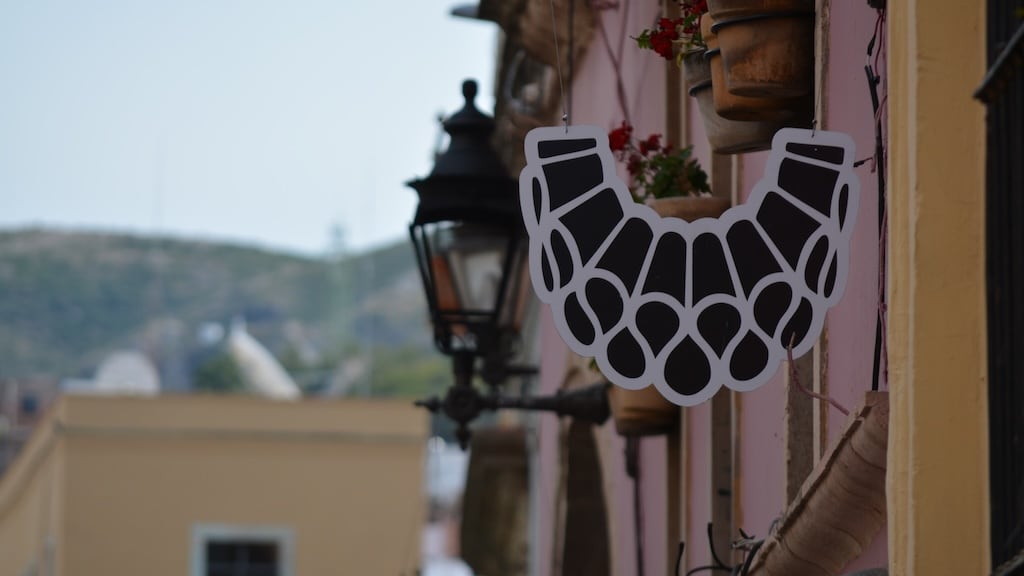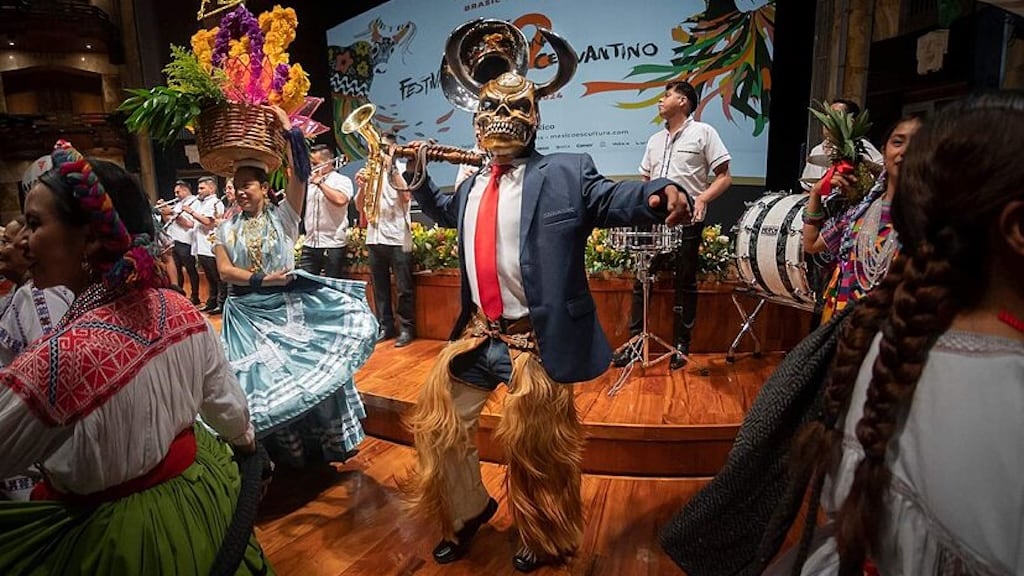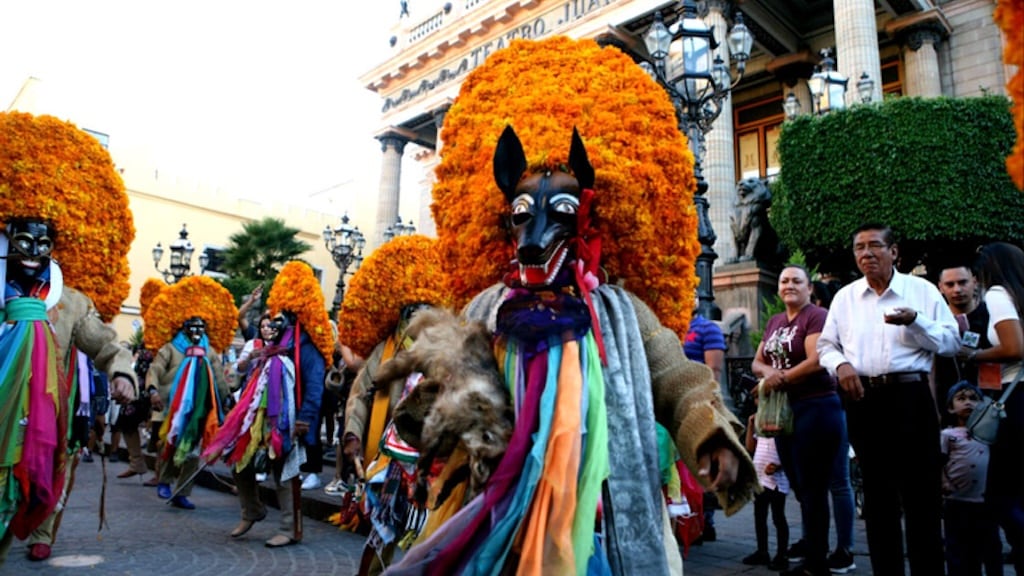Where the World's Arts Take Center Stage in a Colonial Jewel
Every October, the winding alleys, grand theaters, and sun-drenched plazas of Guanajuato, Mexico, transform into a vibrant, sprawling stage for the Festival Internacional Cervantino. As one of the most important cultural events in Latin America, this multi-week celebration of the arts attracts premier talent and enthusiastic audiences from every corner of the globe.
The city, a UNESCO World Heritage site famed for its subterranean streets and colorful hillside houses, becomes a living gallery and performance space. The festival's energy is palpable, as opera arias echo from colonial balconies, avant-garde dance unfolds in historic courtyards, and classical music fills magnificent theaters.
For nearly three weeks, the Festival Internacional Cervantino in Mexico is not just an event to observe but an immersive cultural pilgrimage, inviting everyone to explore the universal language of art. More details on programming can be found on the official festival website.


Historical Background
The festival's roots are deeply intertwined with the city's academic and creative spirit. Its origin story begins in 1953 when Professor Enrique Ruelas of the University of Guanajuato began staging entremeses—short, one-act comedic plays by Miguel de Cervantes—in the city's public squares. This innovative concept, known as Teatro Universitario, took theater out of formal venues and brought it directly to the people, using the city's stunning colonial architecture as a natural backdrop. The plays' popularity grew immensely, becoming a beloved local tradition.
Recognizing its cultural significance, the Mexican federal government officially established the Festival Internacional Cervantino in 1972, expanding its scope far beyond Cervantine theater. It was envisioned as a grand cultural dialogue, a meeting point for diverse artistic expressions from around the world. Since then, it has evolved into a titan of the international arts circuit. Each year, the festival invites a guest country and a guest state from Mexico, fostering a rich exchange of traditions and contemporary innovations. Over the decades, it has hosted legendary figures like Leonard Bernstein, Rudolf Nureyev, and Martha Graham, solidifying its reputation as a global stage for excellence while remaining true to its accessible, populist origins.
Typical Activities
The sheer breadth of programming is what makes the festival so remarkable. The Top activities during Festival Internacional Cervantino cater to every artistic palate, with hundreds of events spanning dozens of venues. The iconic, lavishly decorated Teatro Juárez hosts major symphony orchestras, ballet companies, and opera productions. Meanwhile, the massive esplanade of the Alhóndiga de Granaditas, a historic grain silo turned museum, becomes the setting for massive free concerts that draw tens of thousands of spectators.
Beyond these main stages, the festival's magic spills into every corner of the city. Intimate chamber music recitals take place in baroque churches like the Templo de la Valenciana, while experimental theater and contemporary dance find a home in the more modern Auditorio del Estado. The University of Guanajuato's grand staircase serves as a dramatic stage for open-air performances. The program also includes a robust academic and literary component, with lectures, workshops, and book presentations featuring renowned authors and intellectuals. Film cycles, art exhibitions in local galleries, and street performances by acrobats, mimes, and musicians ensure that a creative encounter is always just around the corner, turning a simple walk through the city into an artistic adventure.
Traditional Customs
While the festival's lineup is international, its soul is unmistakably Mexican. It provides a platform to experience the rich Traditional customs in Mexico within a celebratory context. One of the most enchanting local traditions is the callejoneada. These are walking serenades led by estudiantinas, troupes of student musicians dressed in historical velvet costumes. They guide joyful crowds through Guanajuato's narrowest and most romantic alleyways, including the legendary Callejón del Beso (Alley of the Kiss), singing folk songs and telling local legends along the way.
The culinary landscape is another vital part of the cultural immersion. Festival-goers can savor regional specialties from street vendors and elegant restaurants alike. Must-try dishes include enchiladas mineras (a local take on enchiladas topped with potatoes and carrots), savory pacholas (ground meat patties), and a variety of tamales. Local artisans also feature prominently, with markets selling traditional handicrafts such as Talavera-style pottery, silver jewelry, and handmade leather goods. This fusion of global art and local heritage creates a unique atmosphere where visitors can watch a world-class German orchestra one moment and join a traditional Mexican serenade the next.
What to Expect
When to go & weather: The festival takes place in October. The weather in Guanajuato is typically pleasant, with warm, sunny days and cool, crisp evenings. Pack layers, including a light jacket or sweater for after dark.
Getting there: The nearest airport is Del Bajío International Airport (BJX), about a 45-minute drive away. From there, you can take a taxi or bus to Guanajuato. The city itself is best explored on foot due to its pedestrian-only alleys and complex network of underground tunnels for vehicle traffic.
Venue & access: Wear comfortable walking shoes, as you'll be navigating steep hills and cobblestone streets. Many events are free and open to the public, but for ticketed performances at major venues, it is crucial to book well in advance through the official ticketing page.
Tickets & lodging: Accommodations and event tickets sell out months ahead of time. Book your hotel or rental as early as possible. Options range from historic haciendas and boutique hotels to modest guesthouses.
Food & drink: Guanajuato offers a fantastic range of dining experiences. Explore the Mercado Hidalgo for authentic street food or enjoy rooftop dining with stunning views of the city. Be sure to try local sweets like charamuscas (molded sugar candies).
Etiquette & safety: The city is crowded and festive, so be mindful of your belongings. While Guanajuato is generally safe, stick to well-lit areas at night and be aware of your surroundings. The locals are welcoming, and a friendly "buenos días" goes a long way.
Insider tips: Arrive a day or two before your first scheduled event to acclimate and explore the city's non-festival attractions, like the Diego Rivera Museum or the Mummy Museum. Don't overschedule; leave time to simply wander and stumble upon spontaneous street performances. Finally, take a funicular up to the Pípila monument for an unforgettable panoramic view of the festival city.


Conclusion
The Festival Internacional Cervantino is more than a collection of performances; it is a profound cultural statement. It celebrates creativity as a vital human connection that transcends borders, languages, and time. By transforming a historic city into a living, breathing work of art, it offers an experience that is both intellectually stimulating and deeply joyful.
Attending is an opportunity to witness world-class talent, discover new artistic forms, and immerse yourself in the vibrant culture of Mexico. For anyone passionate about the arts, a journey to Guanajuato in October is an essential pilgrimage, promising inspiration at every turn. For the latest information, always consult the official Festival Internacional Cervantino site.